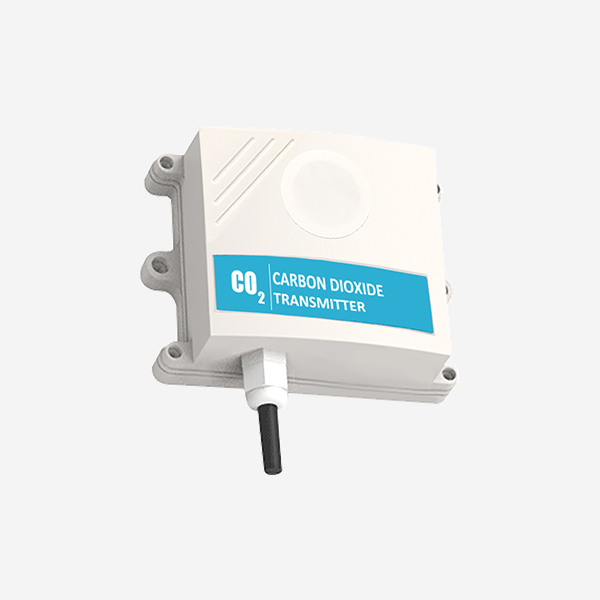Understanding CO2 Sensor
Accurate and reliable CO2 sensor are essential for environmental monitoring and management. Carbon dioxide is a major contributor to global warming. CO2 gas is produced by human activities such as burning fossil fuels, deforestation and industrial processes.In this article, we will explore the latest advances in CO2 sensor technology, its applications, and the benefits it offers in environmental monitoring.

Traditional CO2 Sensing Methods
Traditional CO2 sensing methods have predominantly relied on non-dispersive infrared (NDIR) technology. NDIR sensors measure the absorption of infrared light by CO2 molecules in a sample gas. However, these sensors often require regular calibration, are expensive, and have limited sensing accuracy. Additionally, traditional NDIR sensors are often bulky and not suitable for widespread deployment, especially in remote or inaccessible locations.
Miniaturized and Portable CO2 Sensor

Recent advancements have led to the development of miniaturized and portable CO2 sensor, enabling their use in a wide range of applications. These sensors are typically based on microelectromechanical systems (MEMS) technology, making them smaller, more affordable, and easier to integrate into various devices. Miniaturized CO2 sensors offer the advantage of real-time monitoring in environments such as homes, offices, and vehicles, allowing individuals to be aware of the CO2 levels around them and take appropriate actions to reduce their carbon footprint.
Internet of Things (IoT) Integration
The integration of CO2 sensor with the Internet of Things (IoT) has revolutionized environmental monitoring. IoT-enabled CO2 sensors can connect to a network, exchange data, and provide real-time measurements at a larger scale. These sensors can be deployed in smart cities, buildings, and industries to monitor CO2 emissions and enable timely interventions to mitigate the impact of greenhouse gases. IoT integration allows for remote monitoring, data analysis, and decision-making based on accurate and up-to-date environmental information.
Enhanced Sensing Accuracy
Recent advancements in CO2 sensor technology have led to significant improvements in sensing accuracy. Innovations in sensor design, calibration techniques, and signal processing algorithms have resulted in sensors that can provide highly precise CO2 measurements. High accuracy is crucial when monitoring CO2 levels in critical applications, such as indoor air quality management in hospitals, schools, and office buildings. Accurate CO2 measurements enable the implementation of effective ventilation strategies and help maintain healthy environments.
Application of CO2 sensor in environment
Carbon dioxide sensors play a crucial role in climate research. Helps scientists monitor carbon dioxide levels in the atmosphere, analyze its impact on climate patterns, and develop accurate climate models. These sensors are also used in environmental protection efforts, such as monitoring carbon dioxide emissions from industrial facilities, power plants and transportation systems. By measuring and quantifying CO2 emissions, regulators can enforce emission standards and develop sustainable policies.
Future Directions and Challenges
While significant progress has been made in CO2 sensor technology, there are still challenges to overcome. One of the key challenges is achieving long-term sensor stability and performance in harsh environments.In addition, the development of sensors with high accuracy that operate autonomously for long periods of time without calibration remains a priority. It is also necessary to explore the use of CO2 sensors with other sensors; Thus, the comprehensive monitoring of air quality and temperature and humidity data is realized.
Conclusion
Advances in CO2 sensor technology have revolutionized environmental monitoring and management. Miniaturization, portability, iot integration, and high precision make CO2 sensors valuable tools for climate research and environmental protection. Continued research and development of this class of sensors will pave the way for a greener future. To achieve efficient emissions reductions and promote sustainable practices to mitigate the effects of climate change.